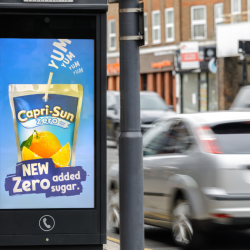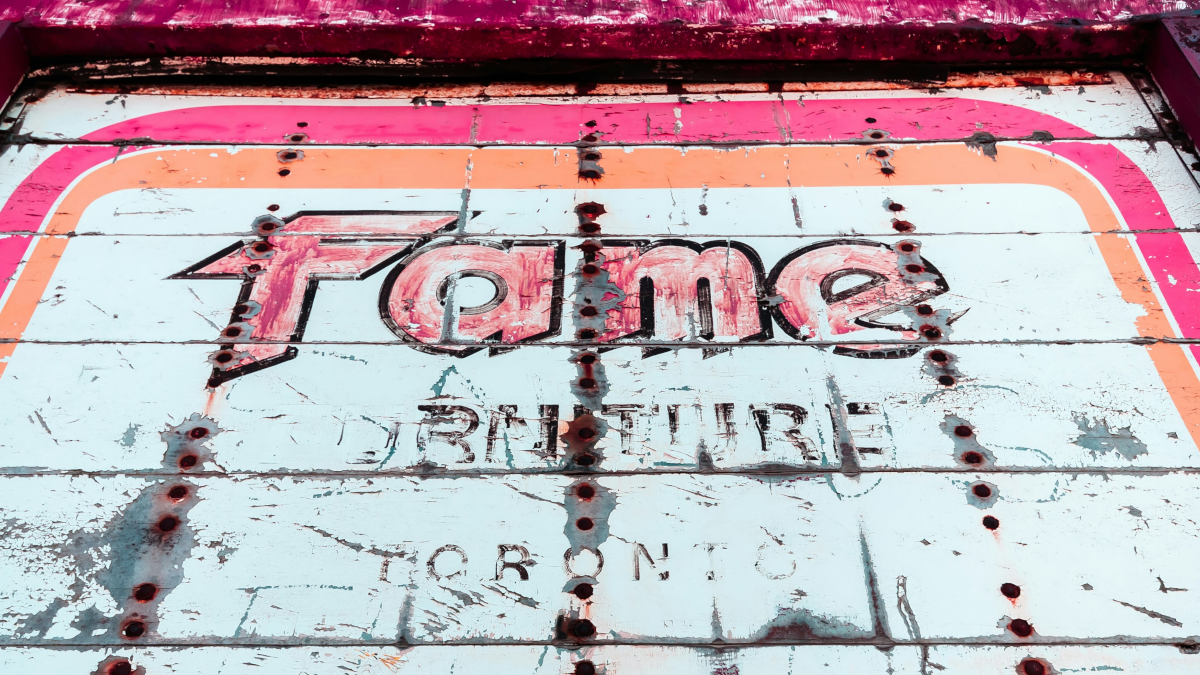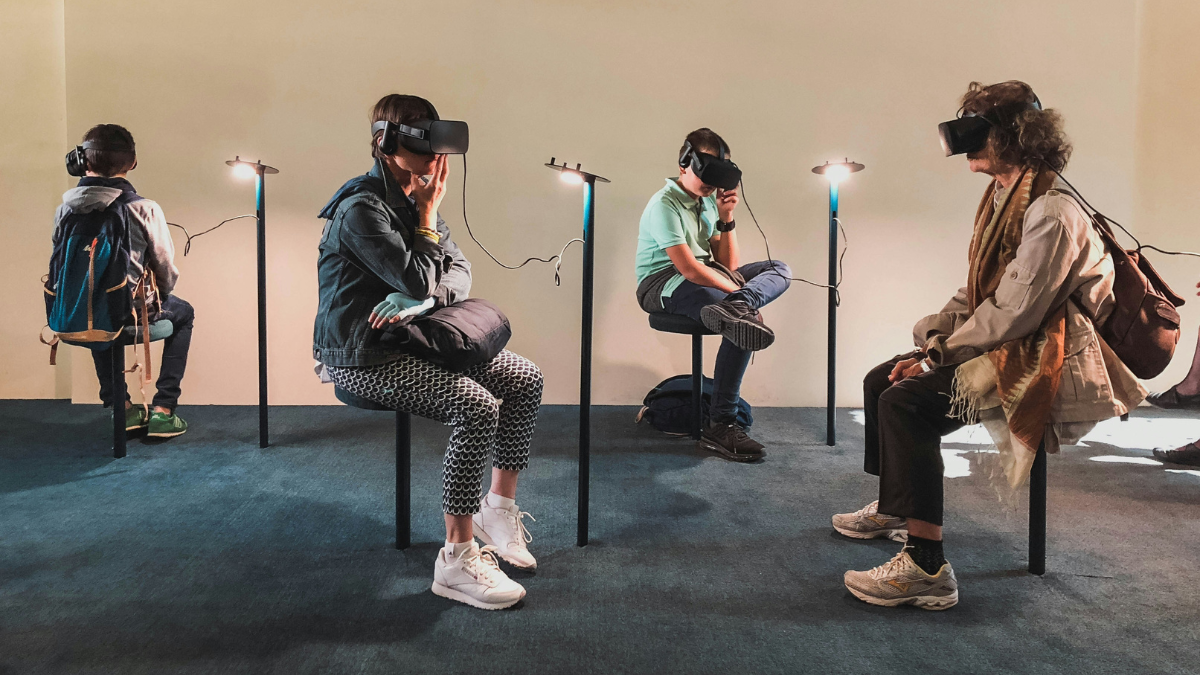Blaise Pascal once said, ‘The charm of fame is so great that we like every object to which it is attached.’
Advertising used to be a process by which a greater degree of fame would be conferred on a product or service. That was the whole point: the more people who knew about an available entity, the more likely they were to spend money on it. This was reflected in the media channels. They were all mass media, aiming to reach as many people as possible with each execution.
In addition, those media channels added two positive attributes to the brand. The first was legitimacy; if you could afford to buy mass media, you must have lots of money. If you have lots of money, you must be successful. If you’re successful, people must like what you produce. If people like what you produce, it must be good. Ergo, a TV commercial or billboard was, by implication, the preserve of the makers of good products.
The second attribute was fame. Advertising in mass media meant instant fame for your brand, and that gave an you immediate and positive differentiation from any of your competitors who did not advertise. A can of Coca-Cola is a good, safe, reliable choice. Bill’s Cola? no idea. Of course, it’s possible to become famous in other ways, but advertising was the closest thing to a guarantee of being instantly, controllably familiar to a large number of people.
Then the internet came along, and entirely shifted the point of advertising from fame to response
Your digital experience is uniquely tailored to you, so when you see an online ad of some kind, you have no idea if anyone else has seen it, and you experience it in your own solitary corner of the worldwide web.
Mass media became personalised media, and that meant famous messaging didn’t necessarily happen. That said, the behemoths of the online advertising world, such as Facebook, Instagram and Google, know how important fame is. That’s why they’ve all spent billions on mass media advertising (somewhat undermining the case they might make for advertising on their own platforms). They understand that it does a different job to the digital version, one that is equally important, if not more so.
They know that fame is so powerful, it creates more fame. Every time you see an Apple logo, or log onto Facebook, that brand exposure adds to the overall picture you have of that company and its products. It becomes stickier, more substantial and positive, and makes it harder for any negativity to do much damage. It’s like a mosquito going up against a wall.
That said, fame isn’t entirely self-perpetuating. For example, it might seem pointless for Coke to continue to advertise: everyone has heard of Coke, it’s available almost everywhere, you’re likely to see its logo at least once a day, and yet they continue to spend a fortune on additional exposure. Why? Because they understand that fame is both hard won and easily lost — just ask Atari, Christian Slater and the 118 118 runners. It needs constant support, especially for a brand the size of Coke. Ease off on the ads now and it could be half as well-known by 2050.
Despite the media shift of the last few decades, fame should still be the goal of most B2C brands.
That’s why mass media advertising still exists, and why the most successful companies in the world still speak to us via TV, radio and billboards. Sure, the mix has changed, and the newer channels offer something beneficial, but until something else comes along that can be guaranteed to add fame to your brand, the older media choices aren’t going anywhere.
Featured image: Scott Web / Unsplash


































